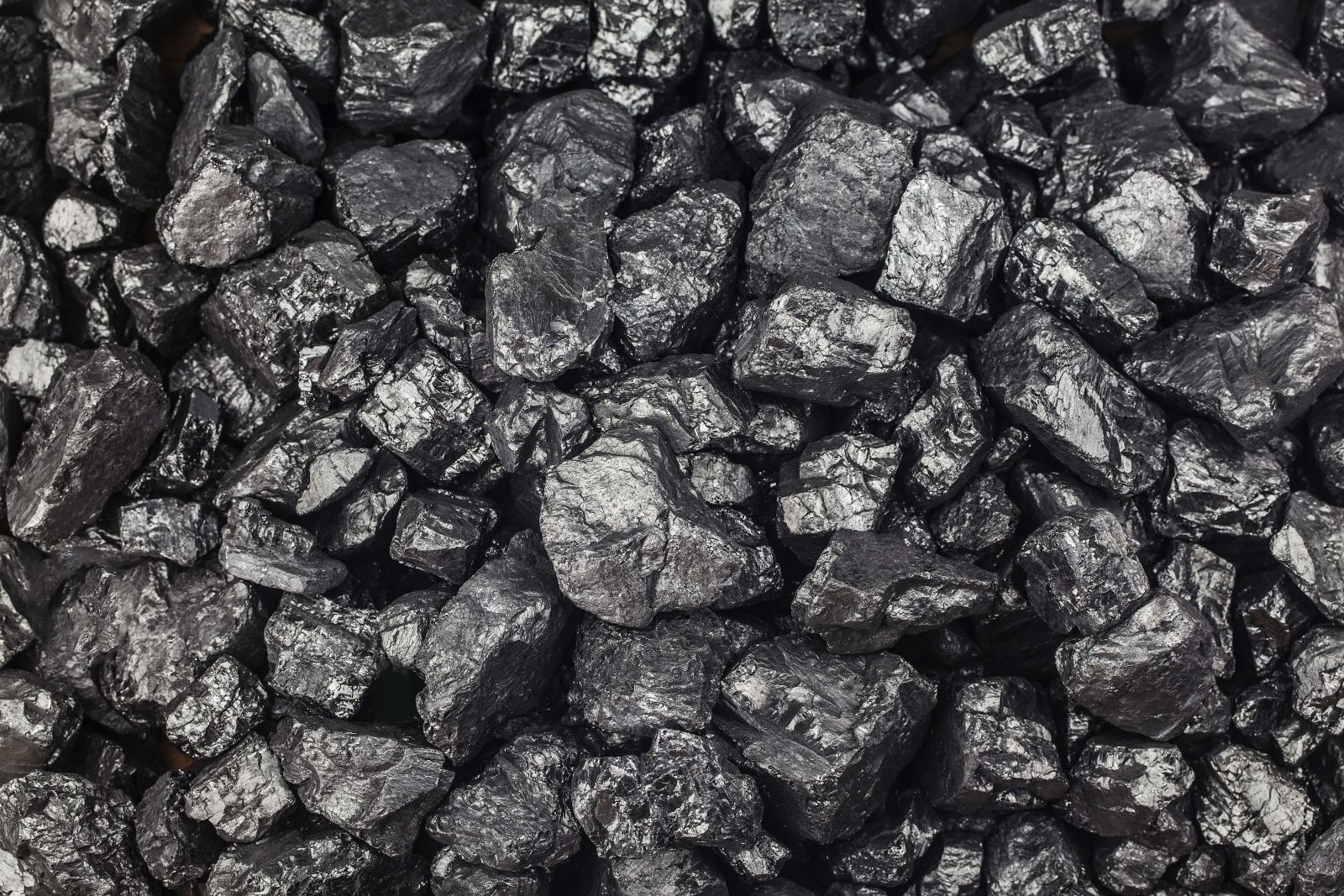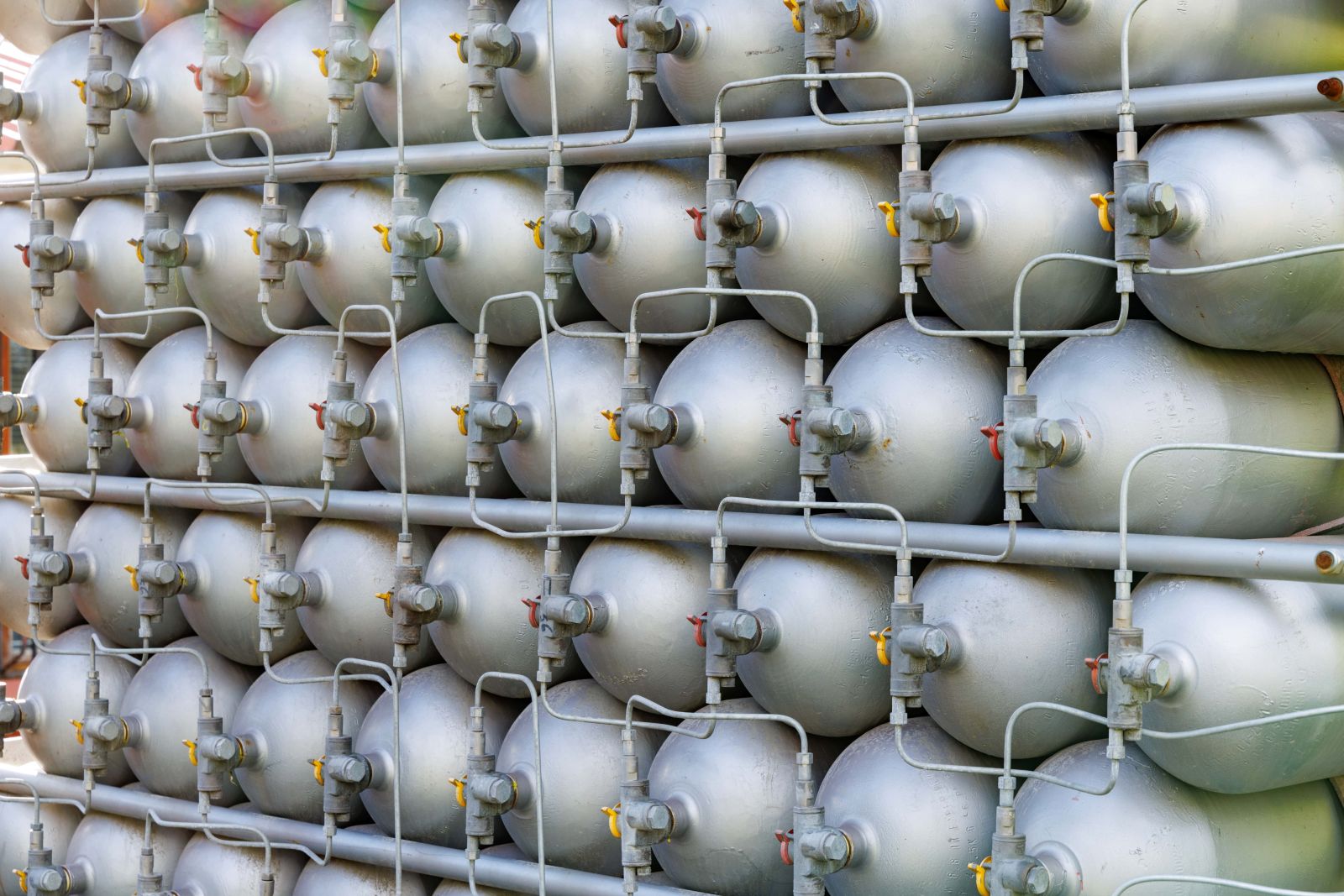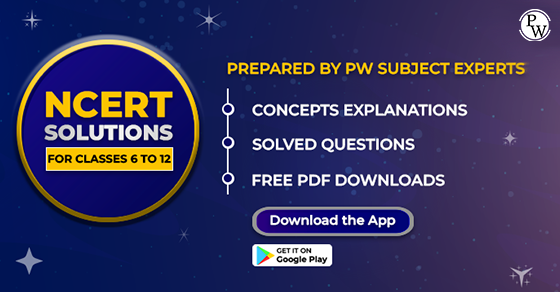
Non-Renewable Energy
Oct 19, 2022, 16:45 IST
Energy exists in nature, some of it is freely available, called renewable, and some are known as non-renewable. Our responsibility is to ensure the correct use of renewable and non-renewable energy. Non-renewable energy is limited resources that will run out over time. Non-renewable energy does not renew itself sufficiently for sustainable economic extraction in meaningful human time frames.
Non-renewable energy is from fossil fuels such as coal, oil, natural gas, and uranium. Unlike renewable energy, non-renewable energy needs human intervention to make it suitable for consumption. Fossil fuels consist mostly of carbon. Fossil fuels are thought to have originated more than 300 million years ago when the earth was very different in its landscape.
| Table of Content |
Non-renewable Energy Resources
The resources for non-renewable energy are mostly fuels from fossil deposits. Some non-renewable resources are:-
Coal
Coal contains energy that is stored by plants that lived hundreds of millions of years ago in swampy forests. The layers of rock and dirt covered the plants over millions of years. The resulting heat and pressure turned the plants into the substance we call coal.

Petroleum products
Petroleum is a naturally occurring liquid (also known as crude oil) found beneath the earth's surface that can be refined into fuel. Fossil fuel, petroleum, is created by decomposing organic matter over time and used as fuel to power vehicles, heating units, and machines, and it can be converted into plastics.

CNG
CNG is a natural gas compressed under pressure, so more of it occupies a lesser volume in your fuel tank. Compressed natural gas (CNG) is compressed to a pressure of 200 to 250 kg/cm 2 . In this compressed form, it occupies less than 1 percent of its volume at atmospheric pressure.

Types of Non-renewable energy
Non-renewable energy is mostly fossil fuels. Apart from the fossil fuels, nuclear fuels are also non-renewable.
- Fossil Fuels
It is formed from the remains of both animals and plants. The fossil fuel is divided into three categories and is stated below:
| Natural Gas | Coal | Oil |
| The process of the decomposition is longer as it is conducted with high amounts of pressure and heat. | It is formed by decomposing trees, plants, and ferns which are hardened due to pressure and heat. | Due to the excessive pressure, smaller organisms like zooplankton and algae are decomposed into an oil. |
- Nuclear Fuels
Nuclear technology relying on fission that requires naturally occurring radioactive material as fuel. Uranium is the most common fission fuel and is present in the ground at relatively low concentrations and mined in 19 countries. Nuclear power also provides about 6% of the world’s energy and 13–14% of the world’s electricity.
Examples of Non-Renewable Resources
Following are examples of non-renewable resources:
- Coal
- Rare earth elements
- Petroleum products
- Gold
- Uranium
Advantages of Non-renewable energy
- The non-renewable source of energy is affordable. For example, oil and diesel.
- It is easy to store.
- It is quickly accessible and is more compatible.
Disadvantages of Non-renewable energy
- Once the energy source is exhausted, non-renewable energy cannot be replaced.
- By-products of non-renewable energy cause damage to the environment. It also increases greenhouse gases.
- Fossil fuel transportation, mining, and extraction can cause accidents and lead to oil spills, nuclear meltdowns, pipeline leaks, and even explosions that have harmful effects on the environment.
Frequently Asked Question (FAQs)
Q1. Which is an advantage of using non-renewable resources?
Ans. Non-renewable resources are high in energy. Resources such as coal and oil provide us with more energy than renewable energy, like solar energy or wind energy. The huge profits can be generated in the mining of coal, selling of oil, or the construction of natural gas pipelines.
Q2. How do non-renewable resources affect the environment?
Ans. When a oil and coal are burned, they release particles that pollute the water, air, and land. Some of these particles are also caught and set aside, but most are released into the air. Burning of fossil fuels also upsets Earth's "carbon budget," which balances the carbon in the ocean, Earth, and air.
Q3. Is non-renewable energy cheaper?
Ans. Yes, renewable energy is most cheaper to generate than non-renewable energy.
Q4. What is the largest source of energy?
Ans. Fossil fuels is the largest sources of energy for electricity generation.
Q5. What was the first source of energy?
Ans. Sun





